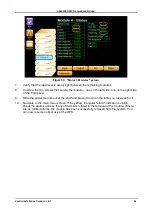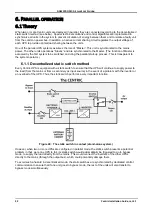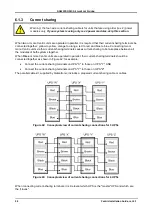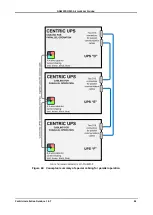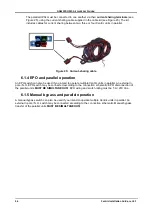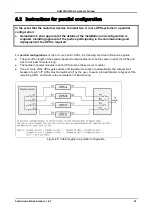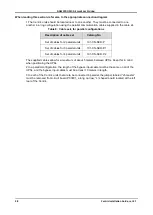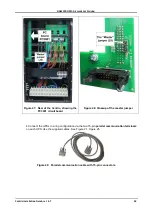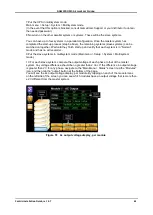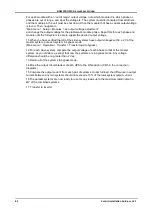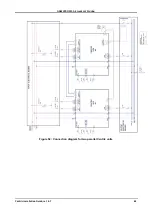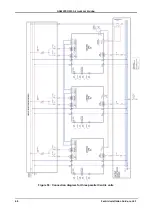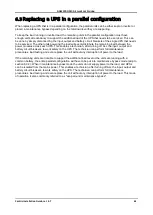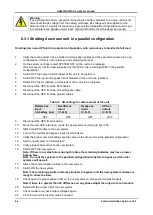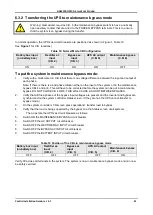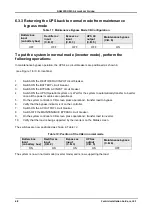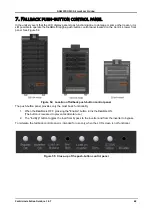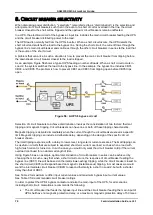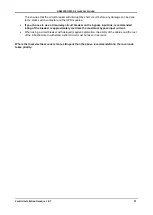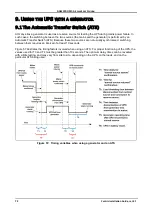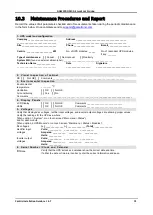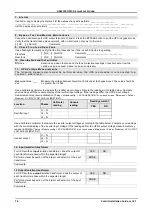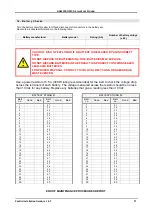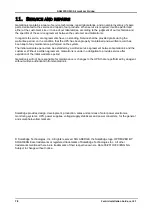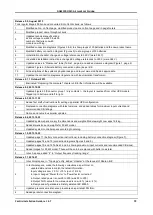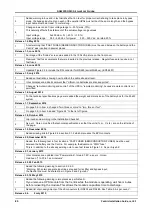
GAMATRONIC,
A
S
OLAR
E
DGE
D
IVISION
Centric Installation Guide, rel. 4.7
65
6.3
Replacing a UPS in a parallel configuration
When replacing a UPS that is in a parallel configuration, the parallel units can be either kept on inverter or
placed in maintenance bypass depending on the total load level they are supporting.
To keep the load running in inverter load, the remaining units in the parallel configuration must have
enough vertical redundancy to support the additional load of the UPS that needs to be serviced. This can
be done by simply disconnecting the input, output and battery circuit breakers of the single UPS that needs
to be serviced. The other units powering the load will evenly distribute the remaining load between the
power modules across each UPS. This enables a technician, after turning off ALL the input, output and
battery circuit breakers, to work safely on the UPS. The technician can perform full maintenance
procedures, load testing and even replace the unit without any interruption of power to the load.
If the remaining units are not able to support the additional load level or the units are running with a
common battery, the entire parallel configuration will have to be put into maintenance bypass mode (skip to
section 6.3.2). When in maintenance bypass mode the units do not supply power to the load, and UPSs
can be isolated from the mains power. This enables a technician, after turning off ALL the input, output and
battery circuit breakers, to work safely on the UPS. The technician can perform full maintenance
procedures, load testing and even replace the unit without any interruption of power to the load. This mode
of operation is also commonly referred to as "wrap around maintenance bypass".

